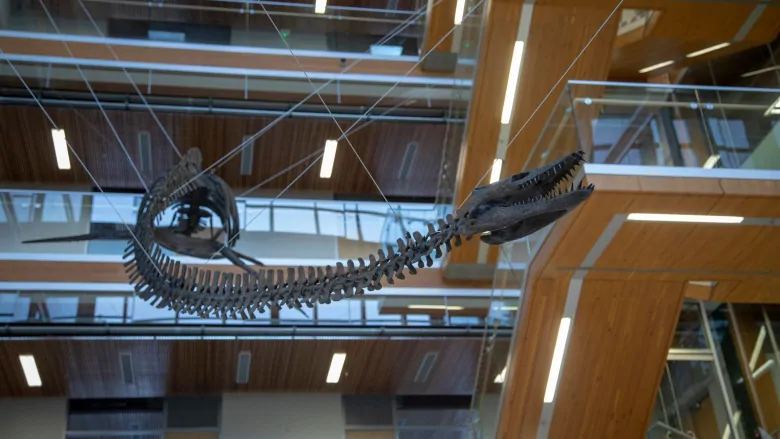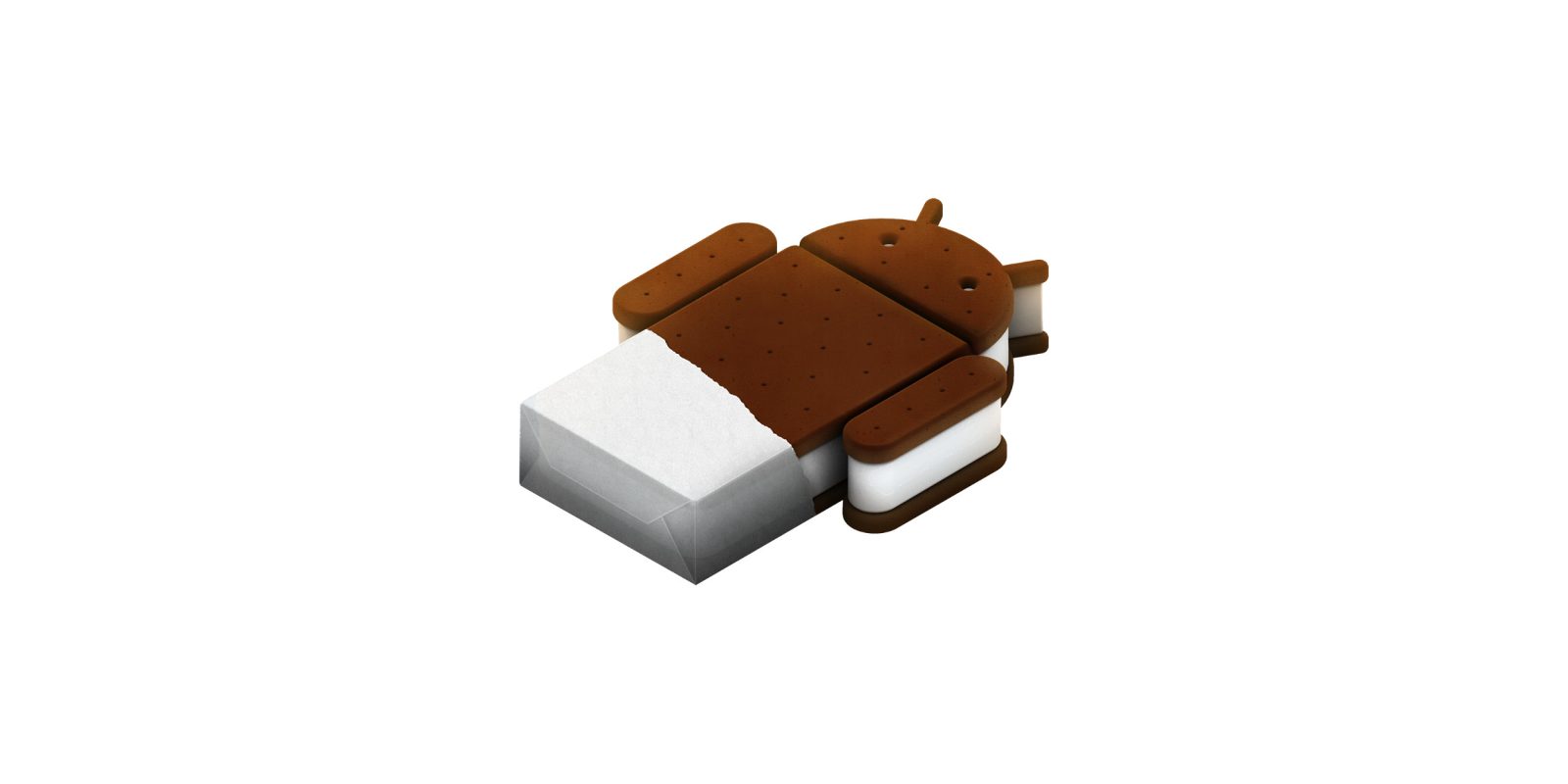
A long-necked elasmosaurus was installed at the University of British Columbia, above the Pacific Museum of the Earth to be exact. Scientists said that it was a marine reptile that shared the Earth with the dinosaurs approximately 80 million years ago. They believe that it wouldn’t have been able of lifting its own head above water.
Technically, it isn’t a dinosaur, but you wouldn’t know it just by looking at it. The cast skeleton was installed at the University of British Columbia and it represents an ancient marine reptile. It has approximately 13 meters of brown bones which are suspended and displayed across the atrium of the Pacific Museum of the Earth.
From those 13 meters, 9 are just representing its neck. When it lived alongside dinosaurs almost 80 million years ago, the elasmosaurus probably couldn’t lift up its own head above the water because of the huge weight of its neck, according to what scientists had to say. These reptiles probably populated the continental sea which at one time covered North America during the late Cretaceous period.
The first time such an animal was discovered, it was back in 1988 and it was found just west of the Rockies, near Courtenay, British Columbia. However, only one complete skeleton has been confirmed and unearthed. The cast displayed by the people of UBC was modeled after a skeleton which was found in Kansas.
Besides the elasmosaurus, the university is already displaying the largest blue whale skeleton in Canada and a lambeosaurus skeleton. The lambeosaurus was a hooded dinosaur that resembled a duck. It lived about 75 million years ago in what is nowadays Alberta. The blue whale washed ashore in 1987 and it was buried in P.E.I. Afterwards, it was exhumed and shipped to Vancouver. This happened in 2010.
Juana loves to cover the tech and gaming industry, she always stays on the first row of CES conference and reports live from there.






